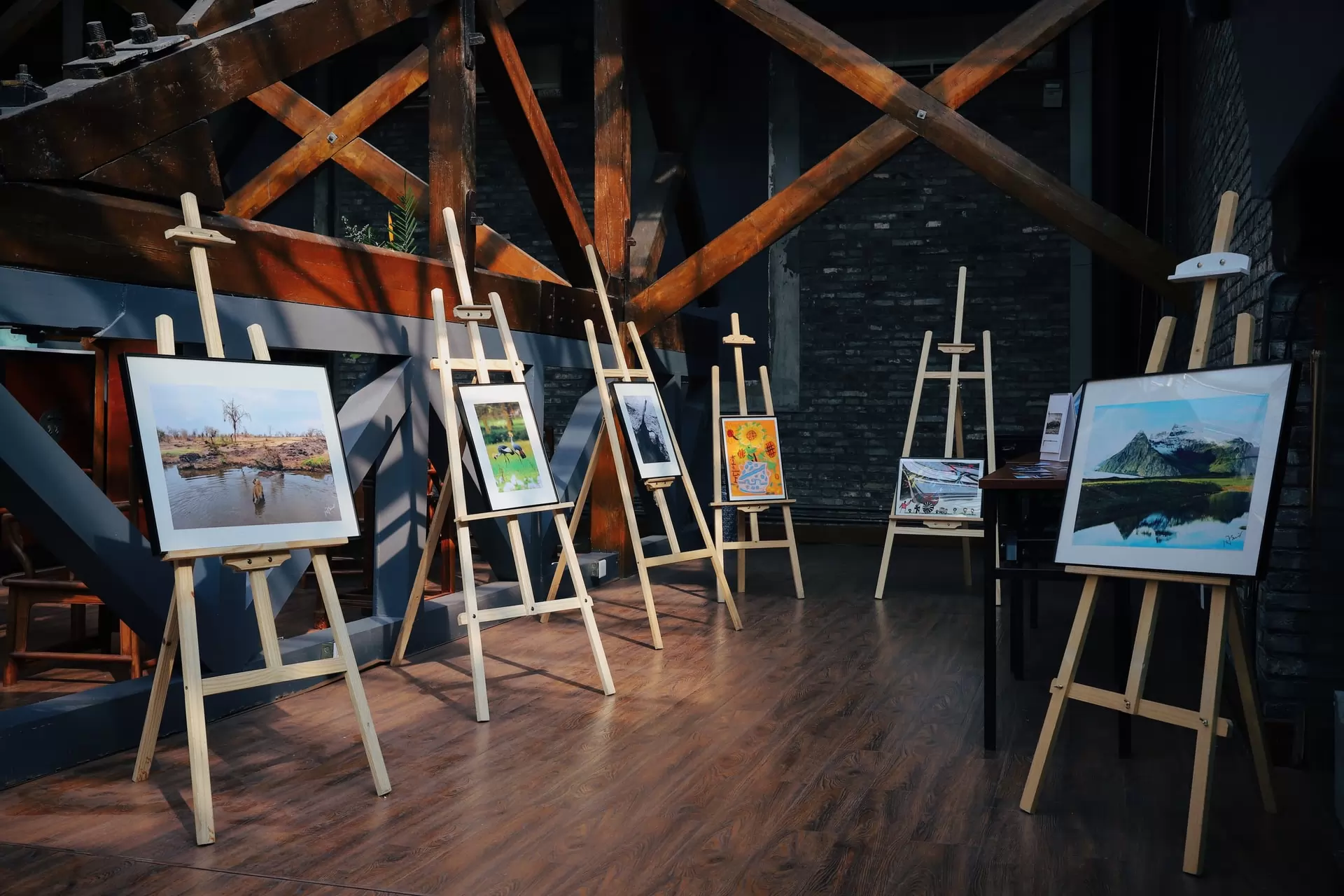Detailed content of our market study
 Inforamtion
Inforamtion
- Number of pages : 35 pages
- Format : Digital and PDF versions
- Last update :
 Summary and extracts
Summary and extracts
1 Market Overview
1.1 Definition and presentation
The art market refers to the production and trade of works of art and antiquities.The art dealer and gallery market focuses on art dealers, who account for 58% of global art sales in 2019, and auctions (42% of global sales).
According to Wondeur AI's classification, art production is divided between star artists (1% of the world's artists), renowned artists (1%), established artists (14%), and emerging and underrepresented artists (84%).
The art market can also be segmented by category of work (sculpture, painting, etc.), by period (contemporary, modern, etc.), and by price range.
Globally, the value of the art market came to a halt in growth in 2020, its value dropped from $64 billion in 2019 to $50 billion in 2020, this is mainly due to the impact of the pandemic. The change in value was due to the decrease in sales volumes, which reached 31 million transactions in 2020 compared to 40 million in 2019.
However, thanks to new technologies being developed, a general recovery of the market can be expected.
In Italy, the art market has always been a strong point in the economy. Here, too, however, the market has been challenged by the recent pandemic. The Italian response has been to invest in digital solutions that would maintain stable growth even during such an uncertain period.
Art galleries are also reviewing their strategies and focusing on a more digital approach. An example of a digital strategy is the collaboration between several galleries (including some of the most influential ones in Milan) with the online platform Artsy in order to create communities and promote some emerging artists to them. The project was called Milan Gallery Community and was quite successful.
Another strategy used is the active use of social media to promote both artworks and exhibitions.
The latest recent trend is NTFs (non-fungible tokens), which are files associated with proof of ownership and authenticity that exist on the blockchain in order to encode the provenance, transfer conditions, and uniqueness of certain artworks.
All our studies are available online in PDF format
Take a look at an example of our research on another market!
 Choosing this study means :
Choosing this study means :
Access to more than 35 hours of work
Our studies are the result of over 35 hours of research and analysis. Using our studies allows you to devote more time and added value to your projects.
Benefit from 6 years' experience and over 1,500 industry reports already produced
Our expertise enables us to produce comprehensive studies in all sectors, including niche and emerging markets.
Our know-how and methodology enable us to produce reports that offer unique value for money.
Access to several thousand articles and paid-for data
Businesscoot has access to all the paid economic press as well as exclusive databases to carry out its market research (over 30,000 articles and private sources).
To enhance our research, our analysts also use web indicators (semrush, trends, etc.) to identify market trends and company strategies. (Consult our paying sources)
Guaranteed support after your purchase
A team dedicated to after-sales service, to guarantee you a high level of satisfaction. +44 238 097 0676
A digital format designed for our users
Not only do you have access to a PDF, but also to a digital version designed for our customers. This version gives you access to sources, data in Excel format and graphics. The content of the study can therefore be easily retrieved and adapted for your specific needs.
 Our offers :
Our offers :
the market of art dealers and galleries | Italy
- What are the figures on the size and growth of the market?
- What is driving the growth of the market and its evolution?
- What is the positioning of companies in the value chain?
- Data from several dozen databases
5 reports pack (-15%) IT Italy
- 5 reports at €75.6 excluding VAT per study to choose from our Italian catalogue for 12 months
- Save 15% on additional studies purchased
- Choose to be refunded any unused credit at the end of the 12-month period (duration of the pack)
See the terms and conditions of the pack and the refund of unused credit.















